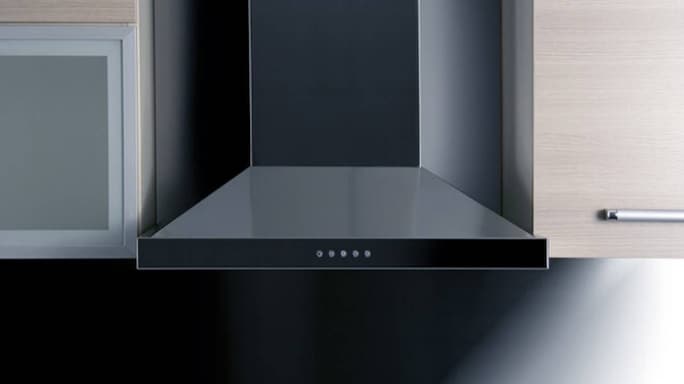- HOME
- /
- Better Living
- /
- Tech & Gadgets
- /
5 Things You Must Consider Before Buying A Chimney For Your Kitchen
These tips will help you choose a chimney that meets your kitchen requirements and cooking style
 Photo: Shutterstock
Photo: Shutterstock
Everyday Indian cooking can be a little messy, with the tempering of spices, spluttering of curries and oil, and the fumes. An effective kitchen chimney helps absorb oil and odour while ventilating your kitchen to make the cooking experience more enjoyable. Pick the right chimney for your kitchen with the help of these basic tips.
1. Size matters
Choose a chimney based on the size of your stove and kitchen. The chimney dimensions should be slightly bigger than the size of your stove so that it can effectively absorb the smoke. Most chimneys are available in two standard sizes—60 cm and 90 cm. If you have two-burner stove, you can go for a 60 cm-wide chimney. If your stove has three burners or more, opt for a 90 cm-wide chimney.
2. Mounting style
There are three mounting styles you can choose from depending on the construction of your kitchen and the available space—wall-mounted, island and built-in. As the name suggests, wall-mounted chimneys are fitted on the wall and are ideal for kitchens where the cooking stove is against a wall. An island chimney is ideal for more modern homes where the cooking stove is in the middle of the kitchen. Perfect for a small kitchen, a built-in chimney is compact and fixed on the wall, integrated within the woodwork of the kitchen so that it doesn’t take any extra space.
3. Ducting type
Whether you go for a ducted or a ductless chimney is ultimately your choice but for Indian homes where cooking is oil-intensive, ducted hoods work better. They are better at absorbing smoke, heat and moisture. The only drawback is that a ducted chimney needs to be installed in an area from where the duct pipe can be let out from the kitchen. A ductless chimney, in contrast, doesn’t require any external piping and is more sleek.
4. Suction wise
The suction capacity of a chimney should be based on how often you cook and your cooking style. Suction capacities vary from 400 m3/hr (cubic metre/hour) to 1,600 m3/hr. If you’re into healthy, low-oil cooking, then a capacity between 700 and 1,000 m3/hr should suffice. However, if you regularly make deep-fried foods, opt for a chimney with suction power of 1200 m3/hr and above.
5. Maintenance and after-sales service
Make sure you buy a kitchen chimney from a reputed brand that offers free installation and prompt after-sales service. Since they do a lot of heavy-duty work, chimneys require regular servicing for optimum performance. Also check if the brand you’re planning to purchase has a good network set-up in your area to avoid a delay in response. Read reviews and check with friends and family before buying a chimney because you’ll not be replacing it anytime soon, unless absolutely necessary.






